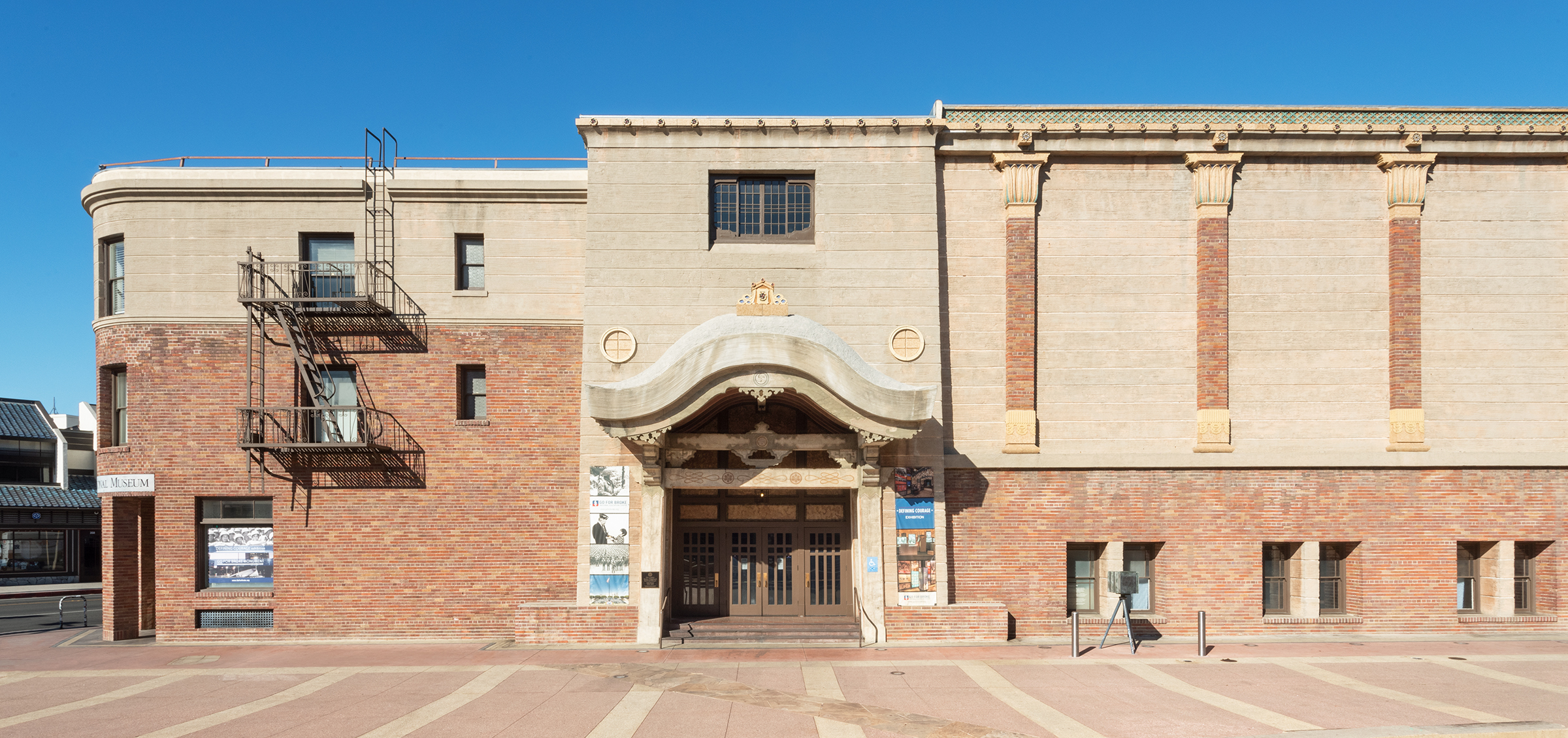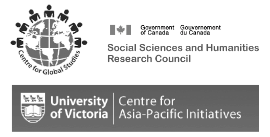Meet our Partners – Japanese American National Museum

The Japanese American National Museum’s Historic Building, the former Nishi Hongwanji Buddhist Temple. Photo Credit: Paloma Dooley
What does it mean to be Japanese American? I suspect that if you asked ten Japanese Americans, you would get ten different answers. Recently, I asked Emily Anderson, a curator at the Japanese American National Museum (JANM), about her background. She tells me, “My dad is a white man from Utah, my mom is a Japanese person from Japan. I grew up in Japan. I don’t even consider myself Japanese American. I’m sort of half-immigrant, half from a bunch of white Mormons in Utah. I don’t know exactly what I am.” Liminal identities are nothing new for the people whose heritage Anderson works to preserve. As both a trained scholar and a museum curator, Anderson is determined to cross categorical lines to tell the Japanese American story in all its boundary-blurring complexity: “It’s very hard when you are aware of immigrants to avoid them, even in Japanese history. They pop up everywhere. […] I could not escape these people. They haunt me.”
JANM traces its roots to the Reparations moment of the 1980s. Even as Japanese Americans become the first legally recognized group to receive direct apology and redress from the United States government, community members were painfully aware of the passing of elders. The Japanese American Soldier exhibition, organized by veterans in 1982 (LA County National History Museum), emphasized the heroism of the segregated 100th Infantry Battalion in Europe. There followed in 1985 collaboration with a group of Little Tokyo businessmen seeking to preserve the stories of the immigrant generations. By the end of the decade, a national board of trustees, California state funding, and a lavishly refurbished Buddhist temple as a venue had manifested the dream. JANM was a reality. Anderson tells me, “It was this recognition [by the community] that if they did not take the initiative to create an institution that would preserve and share the story, nobody else would.” That story includes the period of Second World War internment, curated to the public in 1994 under the famously controversial title, America’s Concentration Camps. JANM also takes great pride in the collection of some 150,000 artifacts it uses for its exhibits, each one donated by a Nikkei community member.
Anderson reminds me that the Japanese Americans, like all groups, are hardly a monolith, and disagreement over how best to present Nikkei history inevitably occurs: “The community also isn’t ‘The Community.’ It is the ‘communities,’ and they don’t all agree. They have diametrically opposed opinions where you can’t [always] make people happy. But we’re committed to engaging as many people as we can.” It is, she emphasizes, a matter of collaborating with community partners and doing so earnestly. “Fundamentally, in order to be a successful community institution you have to develop relationships, and those relationships have to be developed sincerely and invested in over time. […] People resent, in either individuals or organizations, insincerity.” That commitment has flowered into numerous exhibitions both local and around the country. JANM is a Smithsonian Affiliations partner, and it has displayed exhibits on subjects as diverse as Japanese American cuisine, internment camp spiritual practice, and Hello Kitty from coast to coast to coast. Ever conscious of past injustice, parallel initiatives like the National Centre for the Preservation of Democracy (NCPD) apply Nikkei community losses, triumphs, and identity to broader American political issues. Anderson warns, “there is a trend, not just in the US but globally, towards denying rights, towards more dictatorial leadership models and restriction of access for people who are considered ‘not one of us.’”
That lesson is one which Anderson and her colleagues look forward to expanding in a transnational context, as co-creative partners with the Past Wrongs, Future Choices project: “This is a wonderful opportunity to explore how the story we tell connects with other stories around the world. […] I love things that explore unexpected connections. These are the stories that keep me up at night.”
This article was written by Aaron Stefik, from an interview with museum curator Dr. Emily Anderson

 Instagram
Instagram